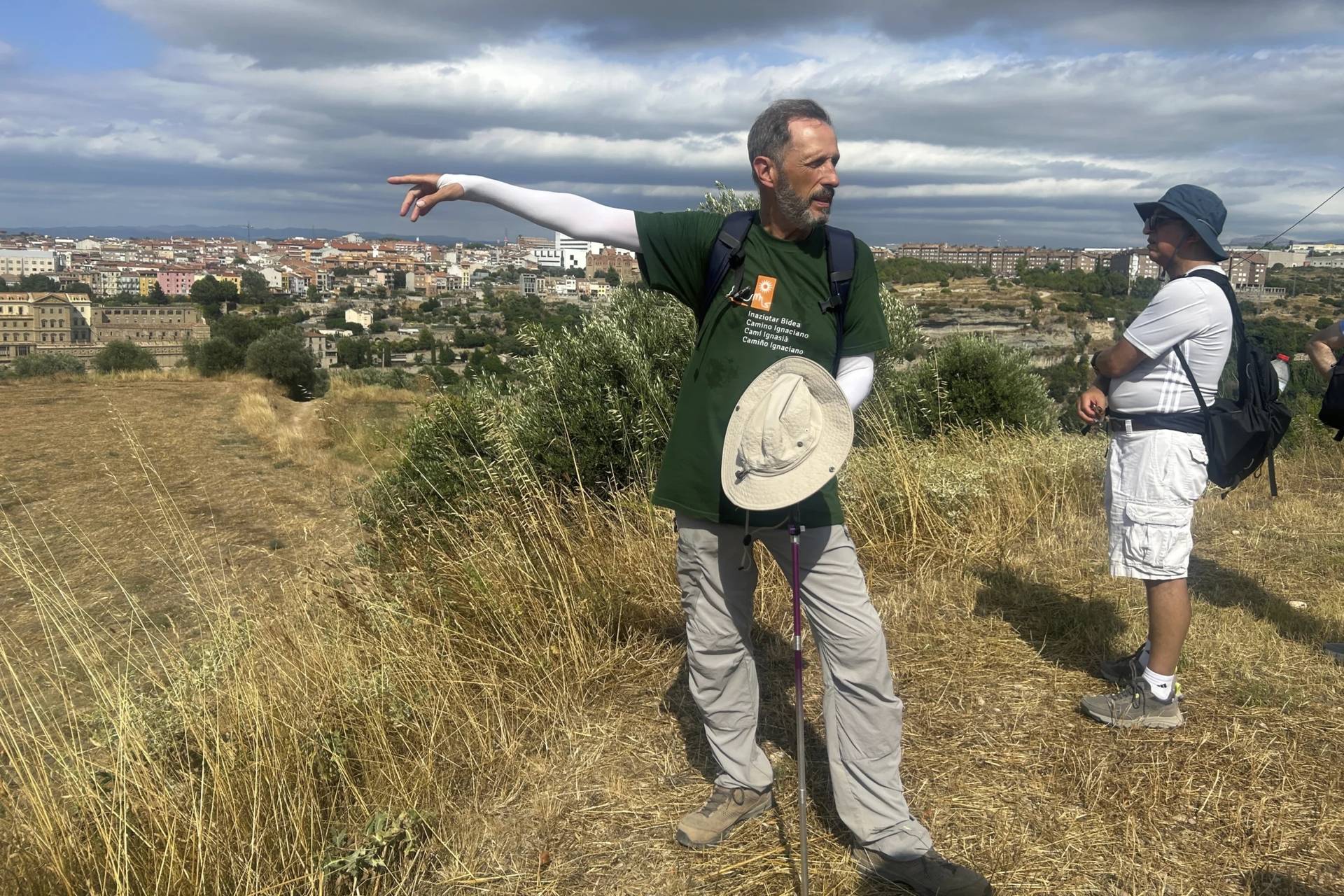SANTA FE, New Mexico — Two public statues of Spanish conqueror Juan de Oñate in New Mexico are drawing renewed attention and criticism as memorials erected in honor of Confederate leaders and other historical figures worldwide become a focus of protests.
A petition drive with more than 1,500 signatures on Friday is calling for the removal of an Oñate statue on the outskirts of Española in northern New Mexico, while activists are calling on Albuquerque Mayor Tim Keller to remove another Oñate likeness from a caravan of Spanish colonists set in bronze outside a city museum.
Moises Gonzales, a professor of urban planning at the University of New Mexico, has protested the Albuquerque statue as a glorification of white supremacy since its installation in the late 1990s.

“If NASCAR can do away with Confederate flags at their events, surely our cities can do this,” Gonzales said.
Oñate, who arrived in present-day New Mexico in 1598, is celebrated as a cultural father figure in communities along the Upper Rio Grande that trace their ancestry to Spanish settlers. But he’s also reviled for his brutality.
To Native Americans, Onate is known for having ordered the right feet cut off of 24 captive tribal warriors after his soldiers stormed Acoma Pueblo’s mesa-top “sky city.” That attack was precipitated by the killing of Onate’s nephew.

In 1998, someone sawed the right foot off the statue of Oñate near Española.
Tributes to the region’s early European colonists appear to be losing favor among the public and state lawmakers, who last year replaced Columbus Day with Native American Peoples Day.
Annual costumed tributes to Spanish conquistadors including Oñate have been scaled back or canceled in recent years in deference to local indigenous communities and new revelations about the subjugation and enslavement of Native American servants and people of mixed ancestry.
Albuquerque’s Democratic mayor said in a statement that it’s time for a renewed public conversation about the statue, facilitated by city museum and cultural officials. Keller said the city’s public arts board will provide a recommendation.

The city of Espanola cut sponsorship ties two years ago with a summer community carnival that includes a costumed pageant of an armored Oñate on horseback with a coterie of soldiers, royalty, Christian friars and an Indian scout. A nonprofit group now carries on the tradition.
An online signature petition to remove the stand-alone statue of Oñate north of Espanola describes the conquistador’s inhumane treatment of indigenous people and invokes solidarity with the Black Lives Matter movement.
Critics scheduled public protests at the Oñate statues for Monday.
Conchita Lucero of Albuquerque helped raise money for the Albuquerque monument to the arrival of Spanish settlers, and said she’s concerned that the destruction of monuments will erase history and further inflame racial tensions.
If Oñate is torn down, Lucero suggested it may also be time to remove a statue from the U.S. Capitol of Native American leader Po’pay, who helped organize the armed 1680 indigenous revolt that drove the Spanish out of present-day New Mexico for a dozen years.
“It should be one-for-one. After all, we are asking for fairness,” she said. “Then maybe we shouldn’t have Statuary Hall. Maybe we’re not grown up enough.”
U.S. House Speaker Nancy Pelosi is demanding that statues of Confederate figures such as Jefferson Davis be removed from the U.S. Capitol.
















